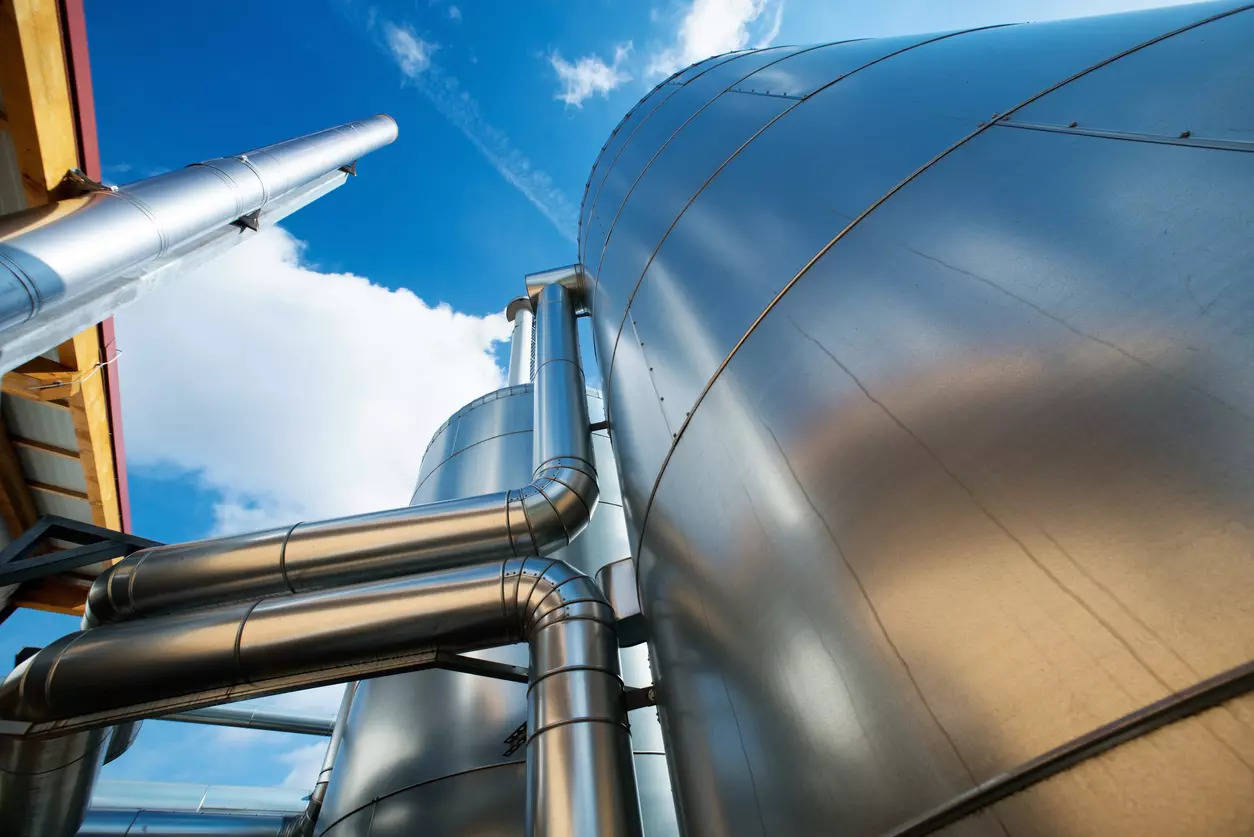
New Delhi: Indian Biogas Association has recommended an investment of INR 30,000 crore for machinery and equipment required for biomass supply to compressed biogas plants to ensure 12 MMTA of LNG import reduction. “Utilising agricultural residues like paddy straw for bioenergy production and soil enrichment instead of burning those offers a dual benefit as it provides renewable energy sources while enhancing soil health,” said Indian Biogas Association Chairman Gaurav Kedia.
However, he pointed out that there are obstacles to procurement, such as unappealing economics, which makes farmers prefer to burn rather than sell off the field straw promptly.
Due to the low density of straw, which increases the expenses associated with its collection, storage, and transportation, he stated, “Improving logistics is not a feasible solution. Government intervention is essential to encourage the adoption of necessary equipment, such as subsidising combine harvesters capable of efficiently gathering straw”.
Additional support for balers and storage units will make efficient transportation and storage possible, Kedia noted.
He suggested that the government should also release the operational guidelines for crop residue management to provide financial assistance for the procurement of crop residue management machinery, establish custom hiring centres, create a supply chain for crop residue/ paddy straw and promote awareness on crop residue management.
As per the ASCI (Administrative Staff College of India) study on the assessment of biomass potential in India, India has a total crop production area of 198 MHa with a total crop production of 775 million tonnes, generating 754 million tonnes of total biomass and 230 million tonnes of surplus agricultural residue.
Most of this surplus biomass is burnt because farmers lack proper collection equipment and motivation. In the first phase, the government should prefer the states with the largest share in biomass generation — Punjab (10.6 per cent), Uttar Pradesh (9.8 per cent), Gujarat (9.3 per cent), Maharashtra (9.2 per cent), Madhya Pradesh (8.8 per cent) and Andhra Pradesh (7 per cent).
The estimated machinery and equipment worth more than INR 30,000 crore will be required to address the issue in these states.
With this investment, the government will be able to ensure a smooth substrate supply for CBG plants, which would attract an investment of INR 170 thousand crore.
It will also be significant for the economy and help the government achieve green energy goals by saving almost 12 MMTA of LNG import, he stated.
While the Union Budget 2024 made significant progress toward renewable energy, some significant obstacles still remain, he opined.
He added that even with the additional funding, the Budget must provide long-term financing options to close the investment gap for major renewable energy projects.
Even with PLI programmes, further incentives are required to increase domestic production of essential components and lessen reliance on imports, Kedia noted.
A programme similar to Sustainable Alternative Towards Affordable Transportation (SATAT) for biofertiliser is still missing, but the Market Development Assistance scheme is supporting the Fermented Organic Manure coming out of biogas plants.
Under the MDA scheme, the government is providing support of INR 1.5 per kg of Fermented Organic Manure (FOM).
It is also necessary to value the green component of CBG in the form of tradable CBG certificates at this pivotal moment, he pointed out.
Finance Minister Nirmala Sitharaman while presenting the interim Budget announced financial assistance for supporting the upstream side — the biomass supply chain for Compressed BioGas (CBG) as well as the downstream side by phased mandatory blending of CBG with natural gas to be used as fuel for vehicles and domestic supplies.
The objective of the announcement will be to support the transition towards energy security and environmental sustainability, effectively meeting the goals of the Panchamrit initiative (increasing non-fossil fuel capacity to 500 GW, 50 per cent energy requirement to come from renewable energy, reduction of total projected carbon emissions by 1 billion tonnes until 2030, reducing the carbon footprint of the economy by 45 per cent from 2005 level and to achieve net zero by 2070).

